Long before cocktail bars and wine tastings became trendy, Japanese sake breweries were perfecting their craft in centuries-old wooden buildings. These breweries, known as ‘kura’ in Japanese, aren’t just production facilities – they’re living museums where ancient techniques meet modern tastes, and every sip tells a story centuries in the making.
Ready to discover where some of Japan’s finest sake comes to life? Let’s explore these historic breweries where master artisans turn simple rice into something extraordinary. Trust me, your taste buds will thank you for this journey.
Dassai Brewery
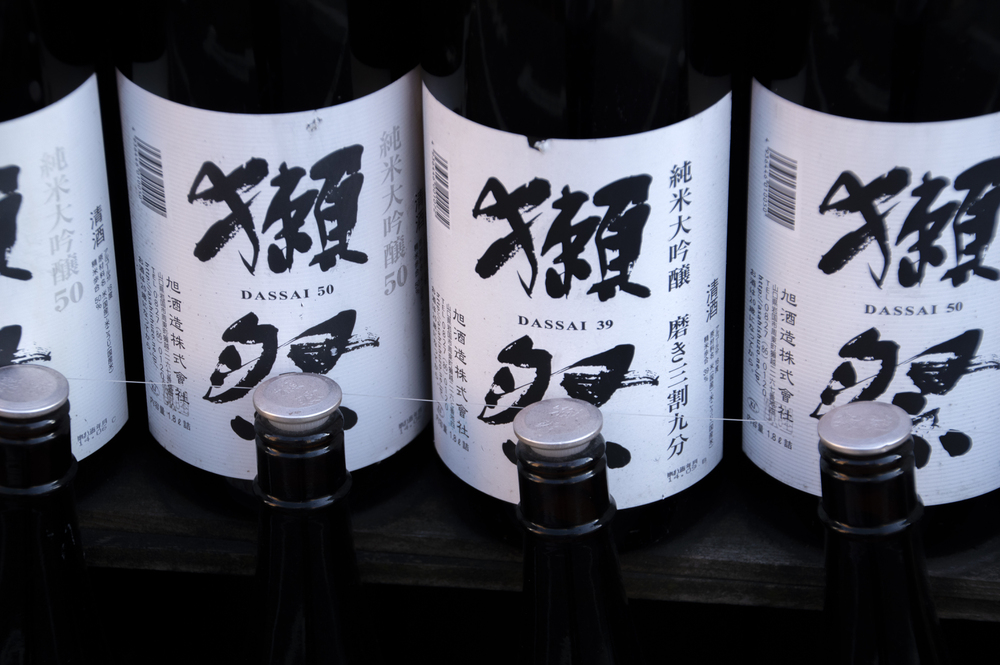
Nestled in Yamaguchi Prefecture, Dassai’s ultramodern facility stands out for its brilliant fusion of tradition and technology. Their signature 23% polished rice sake has earned them a devoted following, including famous world leaders who’ve been spotted sipping it.
The brewery’s crystal-clear viewing galleries let visitors watch the entire process, from rice polishing to fermentation, making it feel like you’re watching a choreographed dance of tradition and innovation.
Hakkaisan Brewery
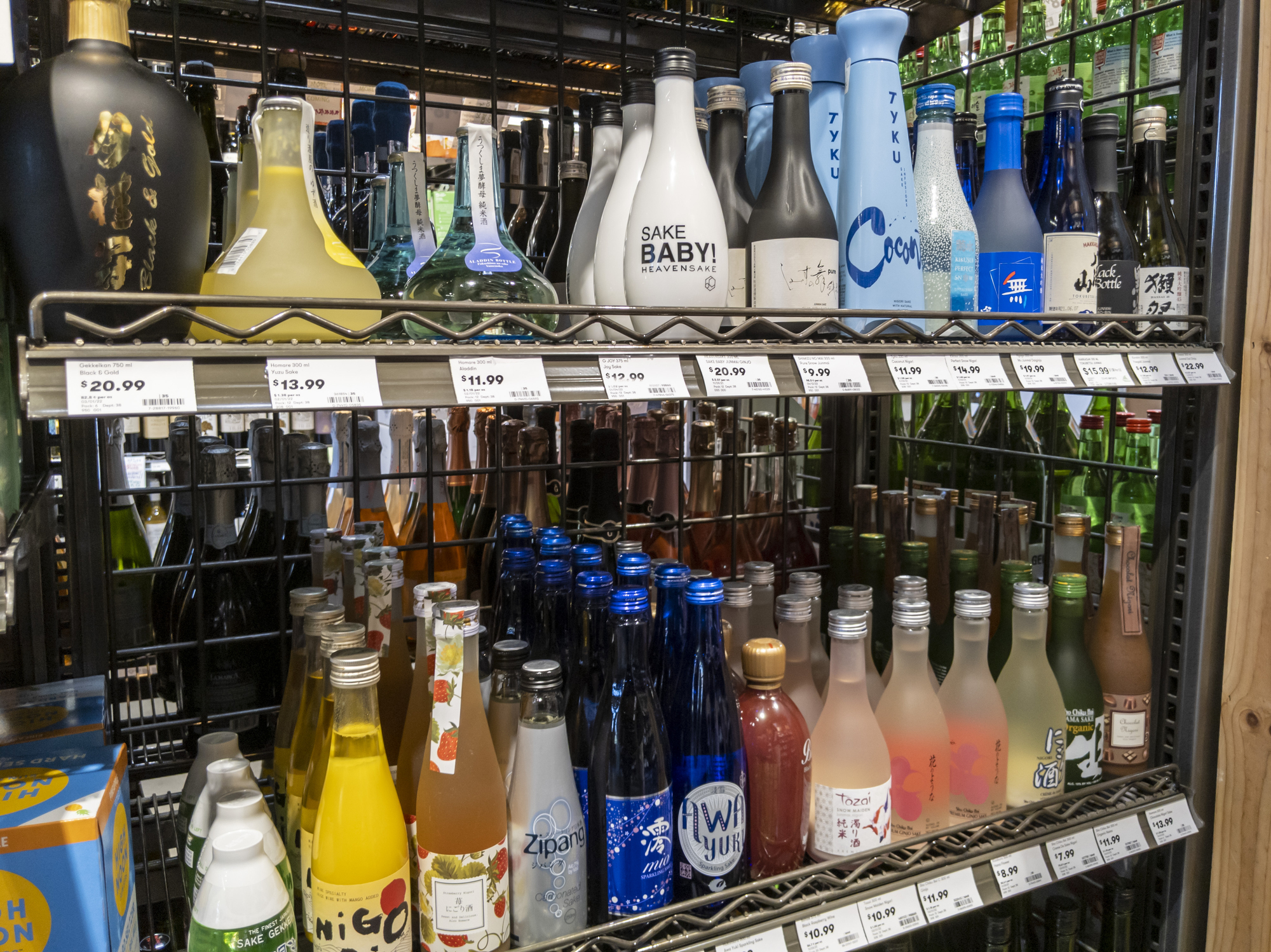
Sitting at the foot of Mount Hakkai in Niigata, this brewery uses snow-stored sake aging to create uniquely smooth flavors. The natural snowmelt water from the mountain gives their sake a crisp, clean taste that’s impossible to replicate elsewhere.
Their underground snow-storage facility called a yukimuro, keeps sake at a perfect 35.6°F year-round, proving that sometimes the old ways are still the best ways.
Like Travel Pug’s content? Follow us on MSN.
Gekkeikan Okura Museum
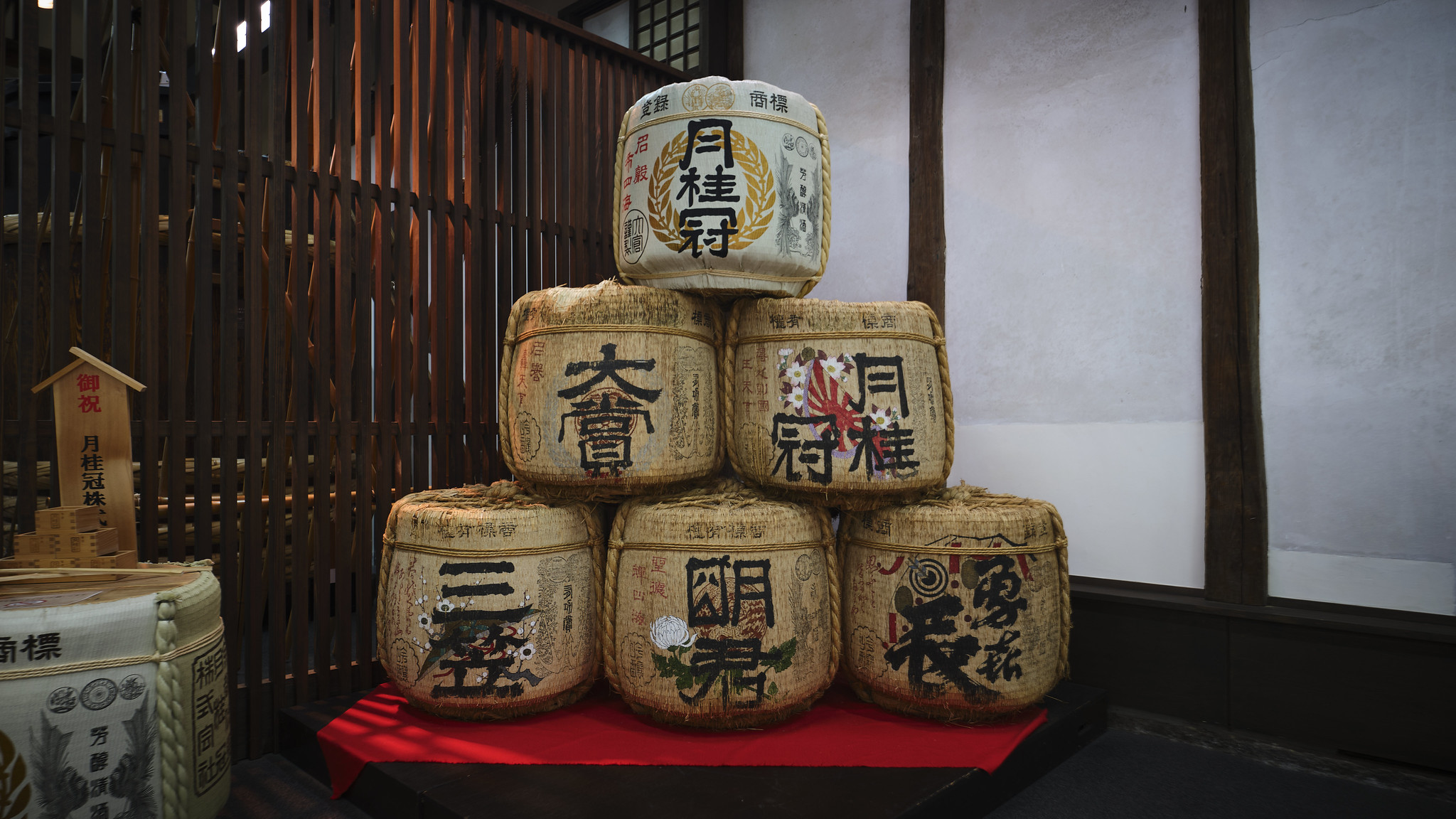
Located in Kyoto’s historic Fushimi district, Gekkeikan offers more than just tastings – it’s a journey through sake history. The museum’s wooden buildings date back to 1637, and the aroma of fermenting rice still fills the air just as it did centuries ago.
Their classic brewing tools collection shows how little the fundamental process has changed, even as modern techniques have evolved.
Sudo Honke
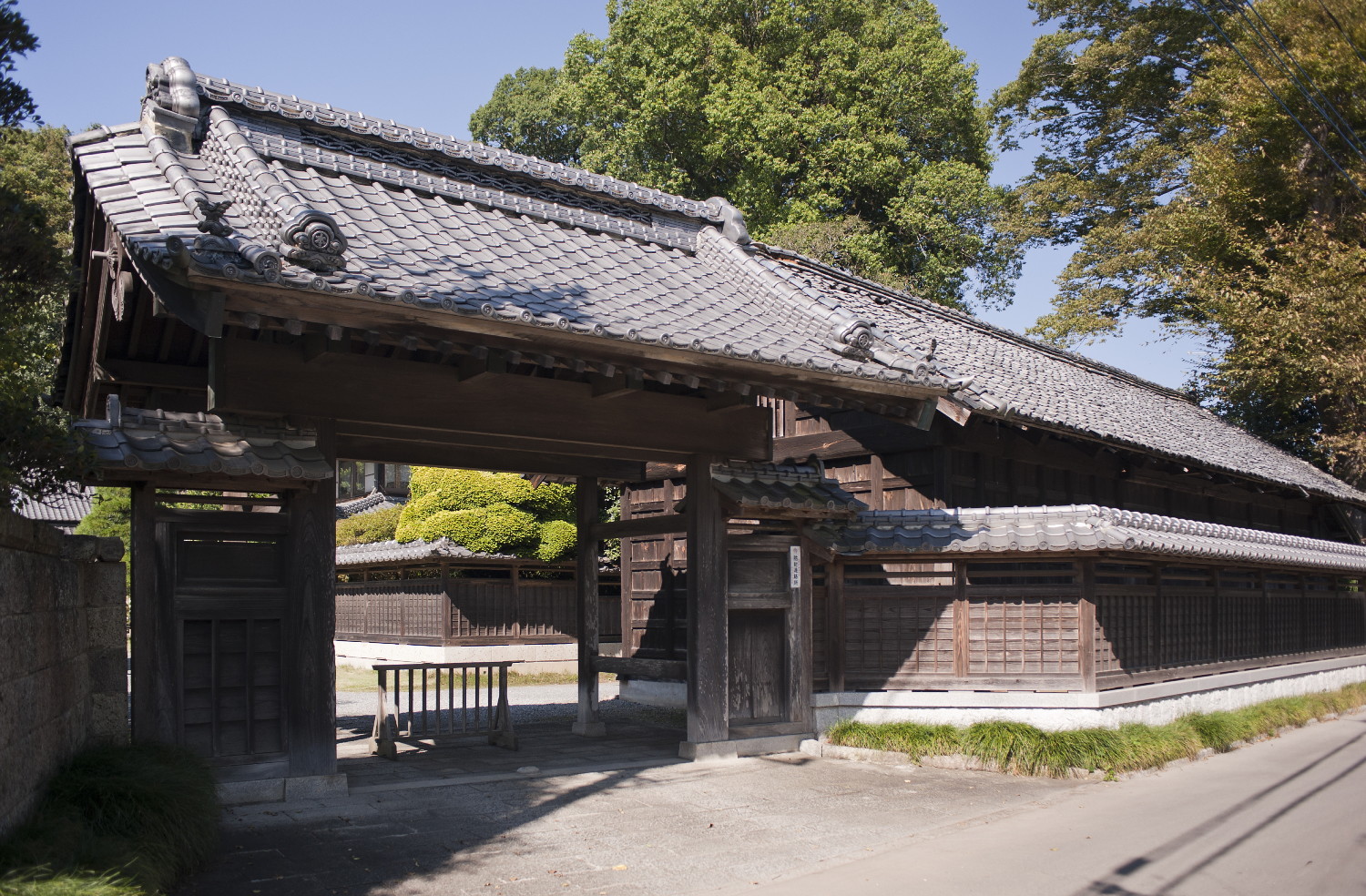
As Japan’s oldest sake brewery, operating since 1141, walking into Sudo Honke feels like stepping back in time. This family-owned brewery in Ibaraki Prefecture still uses wooden tools that are hundreds of years old.
Their master brewer insists that the ancient cedar walls add subtle flavors to their sake that modern materials just can’t match.
Dewazakura Sake Brewery

Famous for revolutionizing sake labels with beautiful designs, this Yamagata brewery changed how people thought about sake packaging. Their ‘Ichiro’ sake put aromatic varieties on the map, making them pioneers in the ‘ginjo’ boom of the 1980s.
The brewery’s cherry blossom viewing in spring has become so popular that locals joke it’s harder to get in than a rock concert.
Like Travel Pug’s content? Follow us on MSN.
Asahi Shuzo
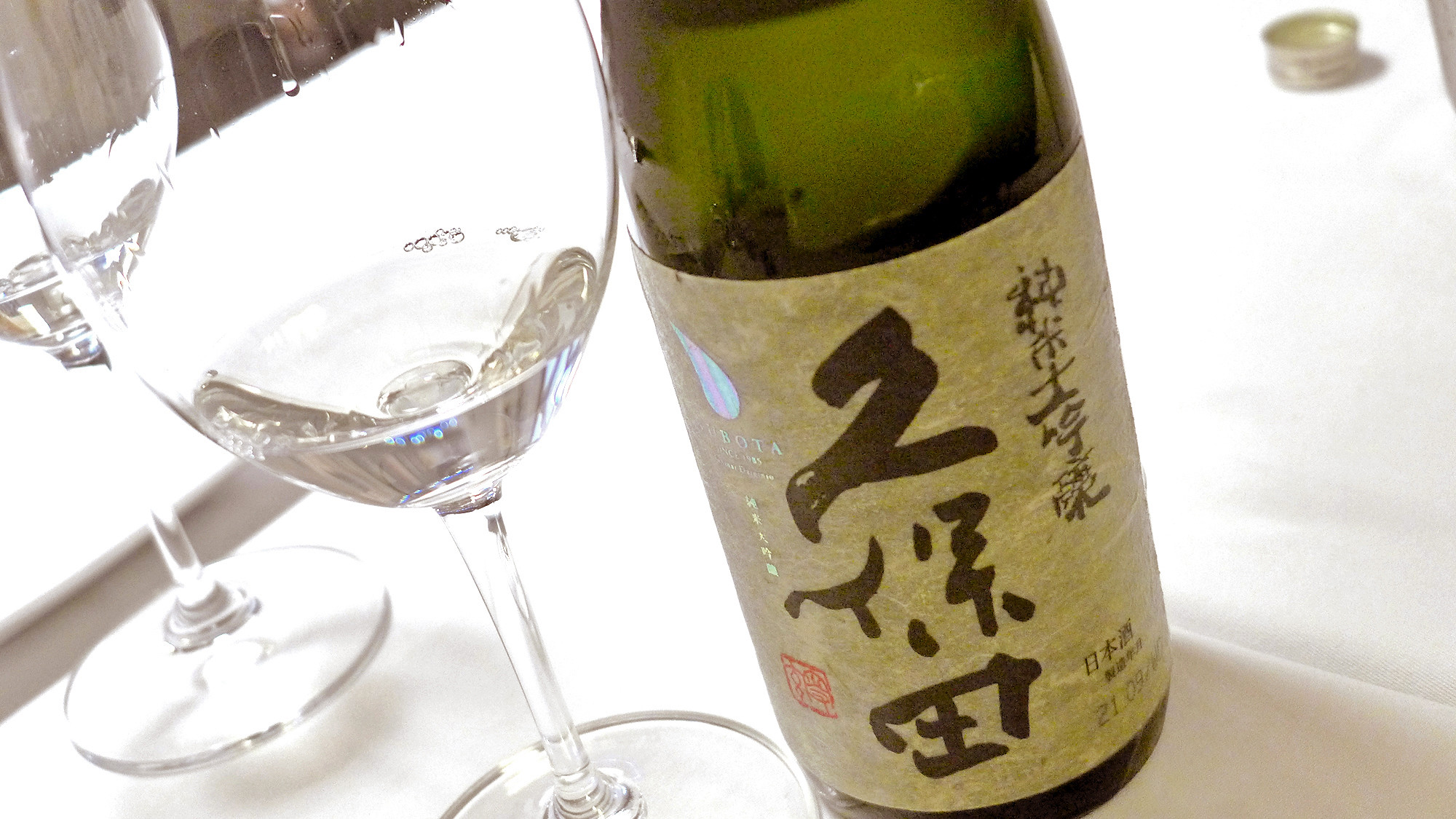
Home of the famous ‘Kubota’ brand in Niigata, Asahi Shuzo proves that size doesn’t compromise quality. Their state-of-the-art facility produces some of Japan’s most sought-after sake while maintaining surprising eco-friendly practices.
The brewery’s water source is so pure that local restaurants pipe it directly into their kitchens.
Ozawa Brewery
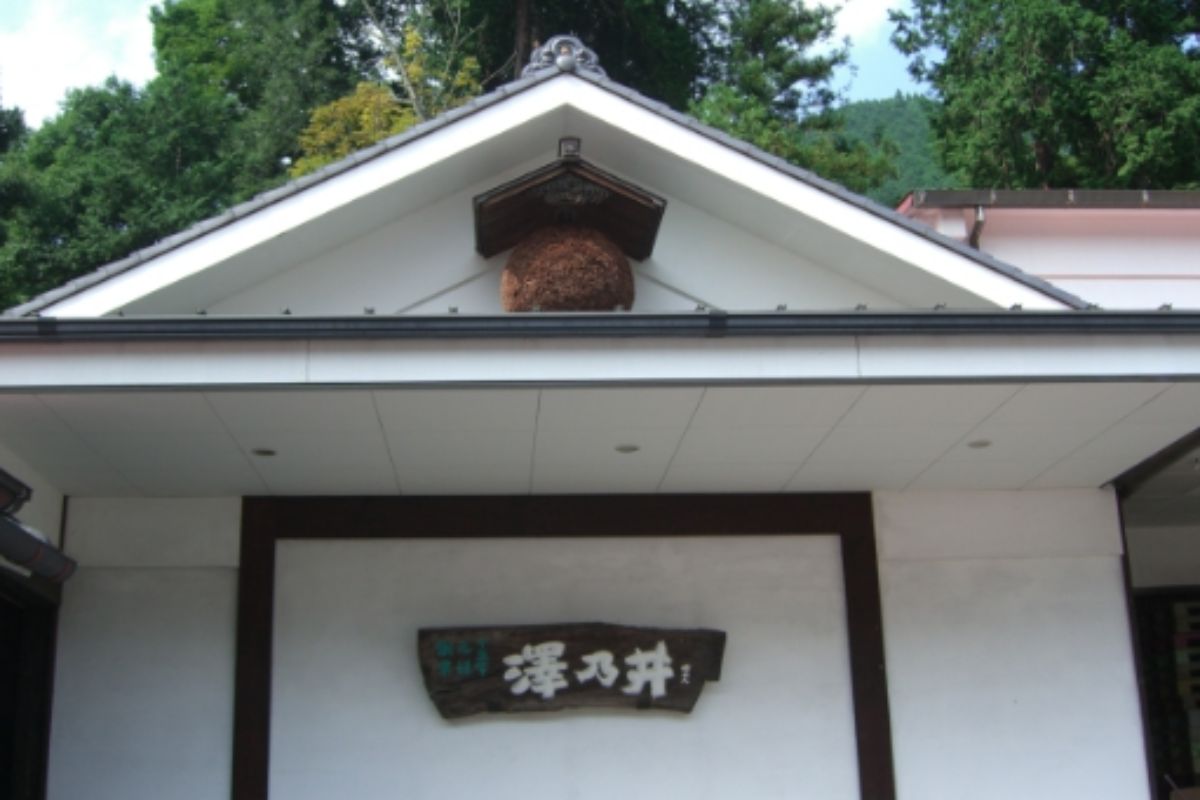
Just a short trip from Tokyo, this brewery shows how sake-making can adapt to modern times while keeping its soul intact. Their century-old wooden buildings sit alongside solar panels, and they still use traditional fish-based filters alongside modern equipment.
The owner’s cat often greets visitors, making it feel more like visiting a friend’s house than a production facility.
Koshi no Kanbai
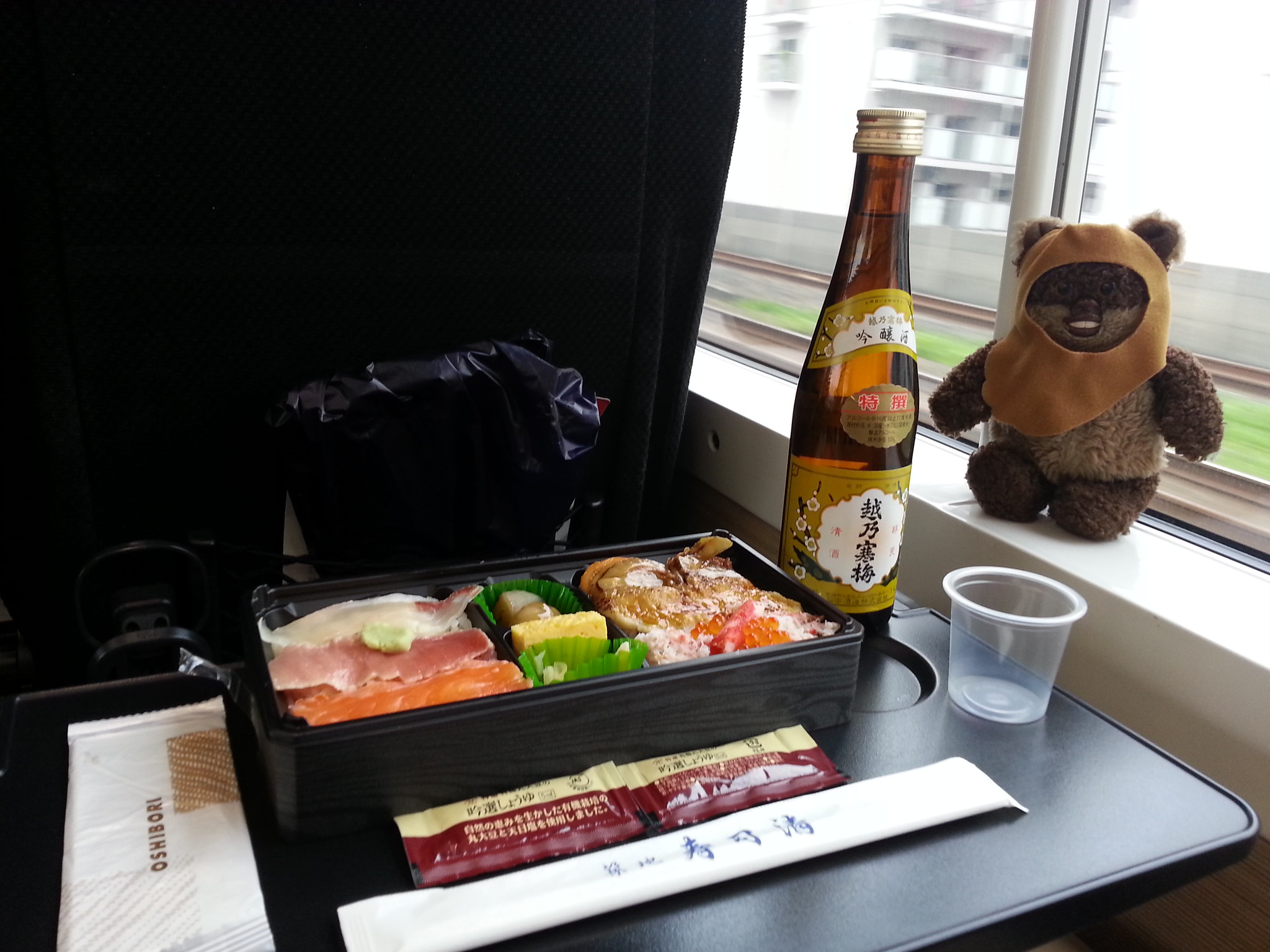
Known as the ‘Phantom Sake’ due to its rarity, this Niigata brewery keeps production small to maintain quality. Their sake is so popular that they’ve created a lottery system for purchases.
The tasting room offers views of snow-capped mountains, and locals say winter is the best time to visit when the crisp air perfectly matches their dry sake style.
Miyozakura Brewery
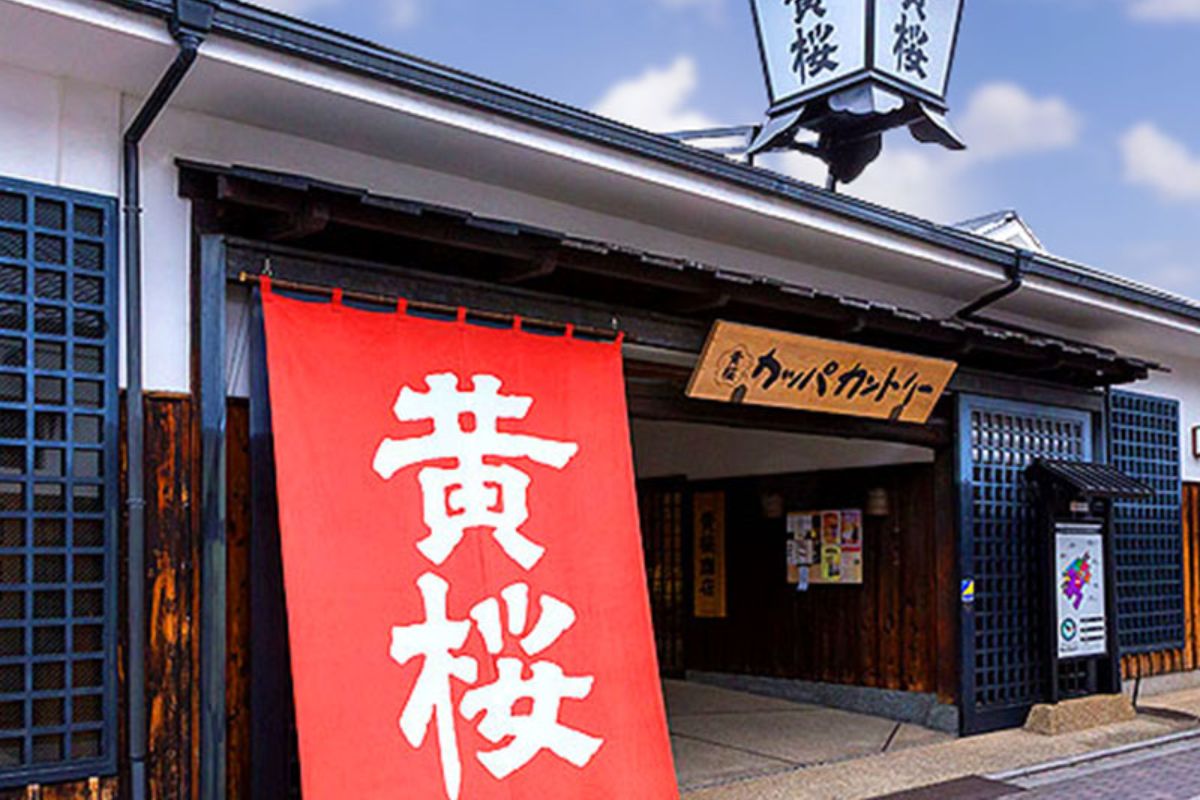
This Gifu Prefecture gem is known for its female toji (master brewer), breaking centuries of male dominance in the industry. Their unique koji room uses hinoki cypress wood, adding subtle forest notes to their sake.
The brewery cat, named Koji after the sake-making mold, has become an Instagram celebrity in his own right.
Fukumitsuya
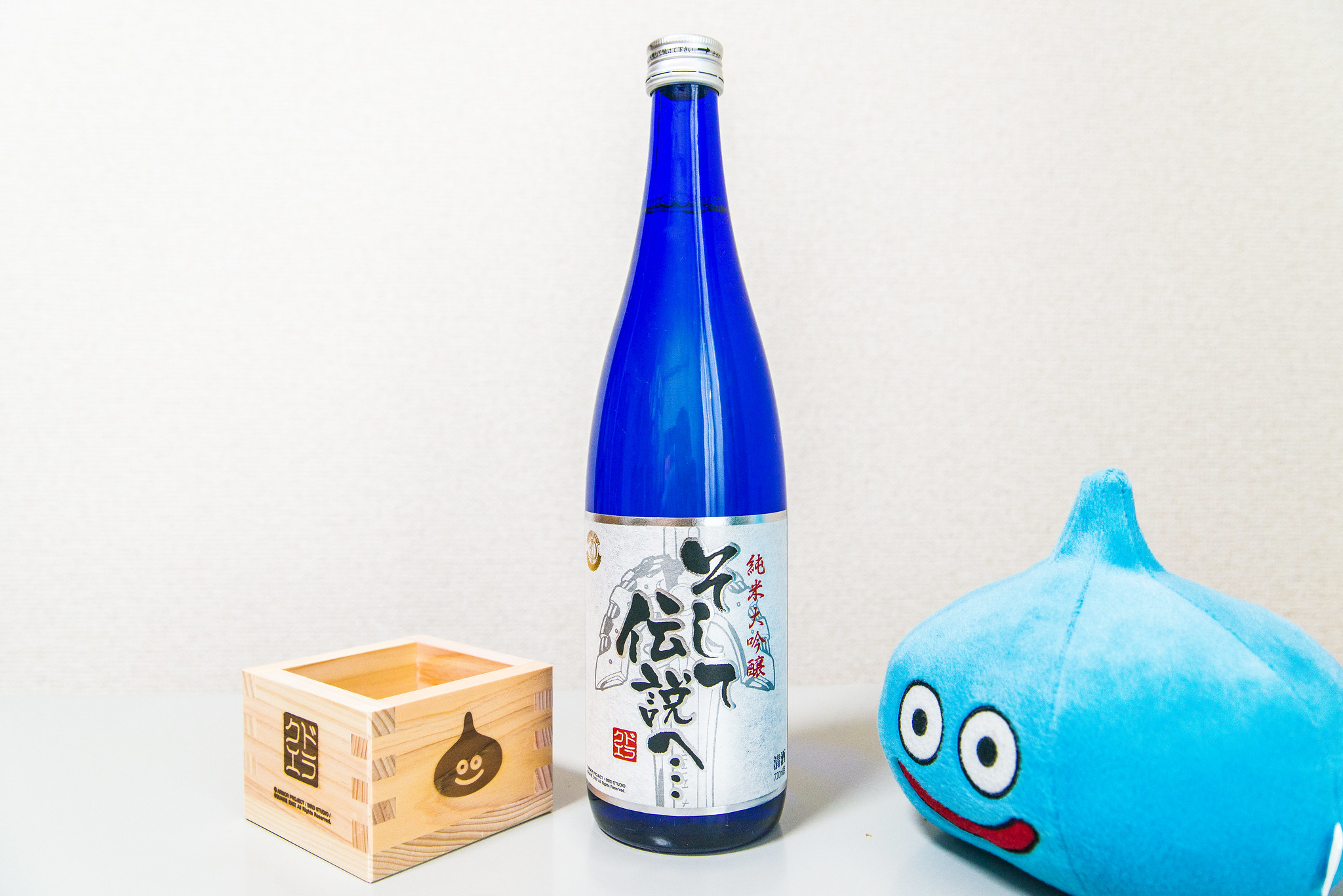
Operating since 1625 in Kanazawa, they’re famous for aging sake in special ceramic containers. Their building combines traditional architecture with modern art installations, creating an unexpected gallery experience.
The tasting room features sake-themed desserts that pair perfectly with their varieties, making it a favorite stop for food lovers.
Nanbu Bijin
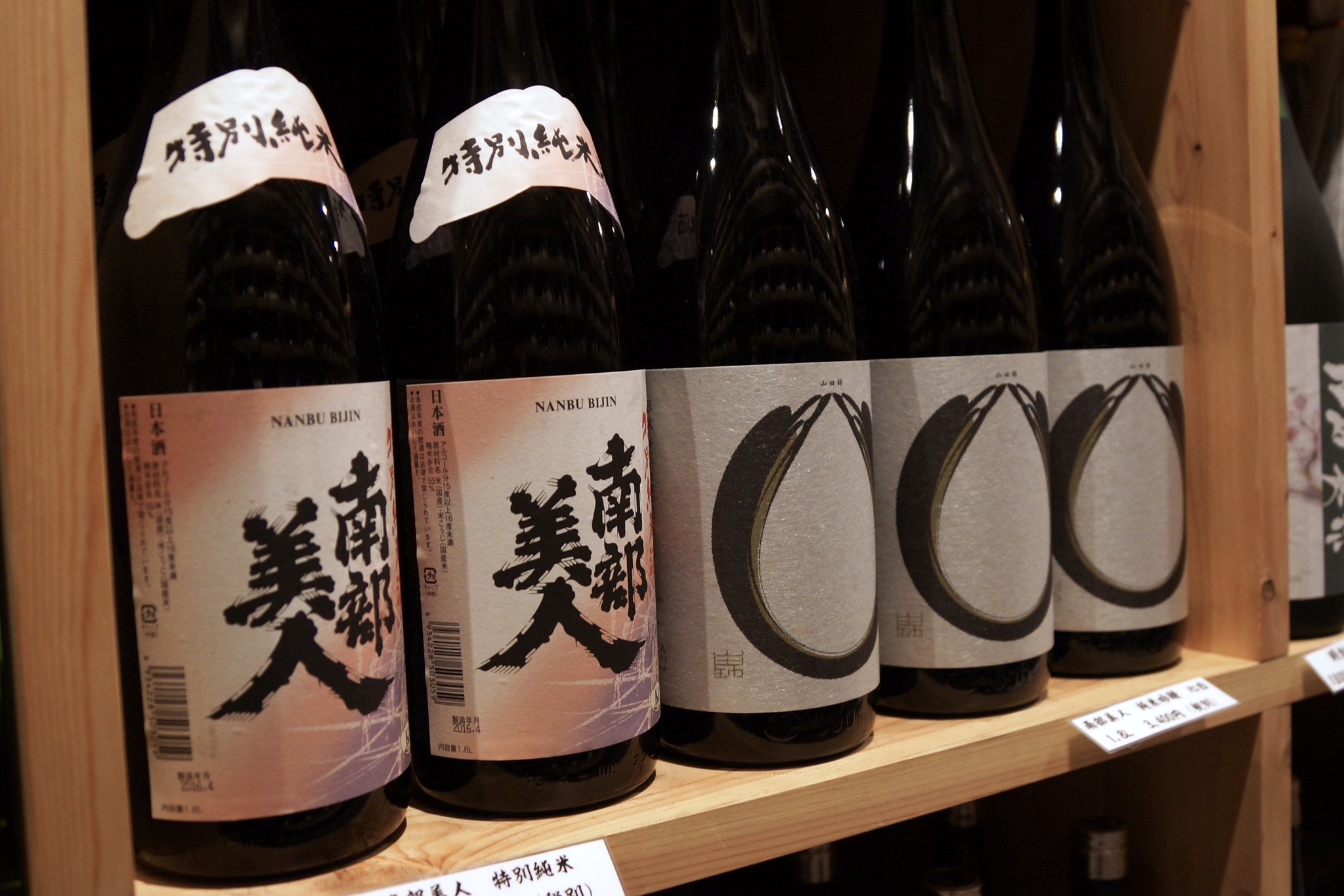
Located in Iwate Prefecture, this brewery’s name means ‘Southern Beauty,’ but their sake is more than just a pretty face. They use local rice varieties that most brewers overlook, creating unique flavors you won’t find anywhere else.
Their eco-friendly approach includes using sake lees as fertilizer for local farms, creating a sustainable cycle.
Eiko Fuji
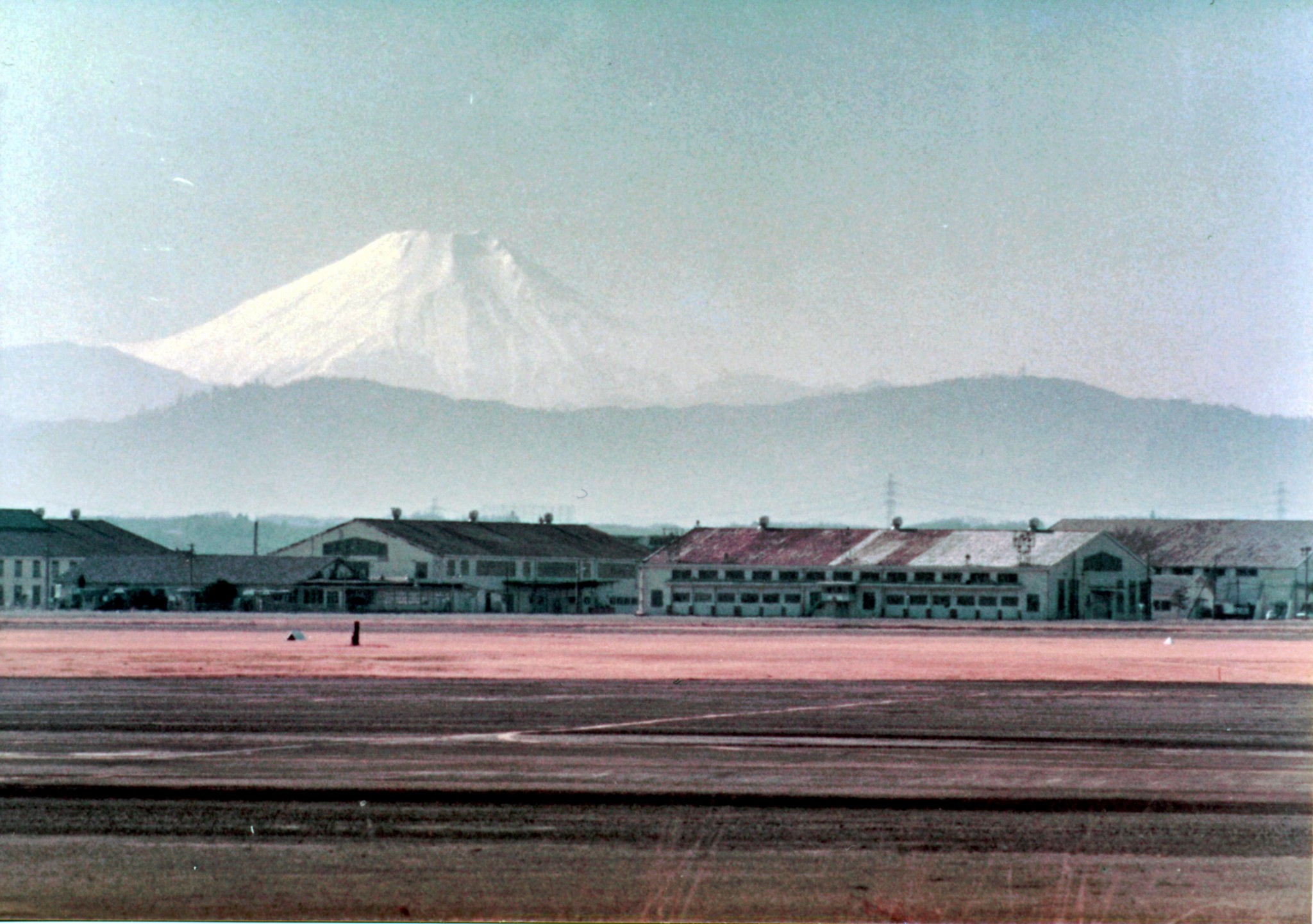
This Yamagata brewery’s claim to fame is its ice dome sake storage, where winter temperatures naturally age their premium bottles. Their viewing platform lets visitors watch the entire brewing process while sipping different varieties.
The fourth-generation owner still tastes every batch personally, maintaining the family’s exacting standards.
Imayo Tsukasa
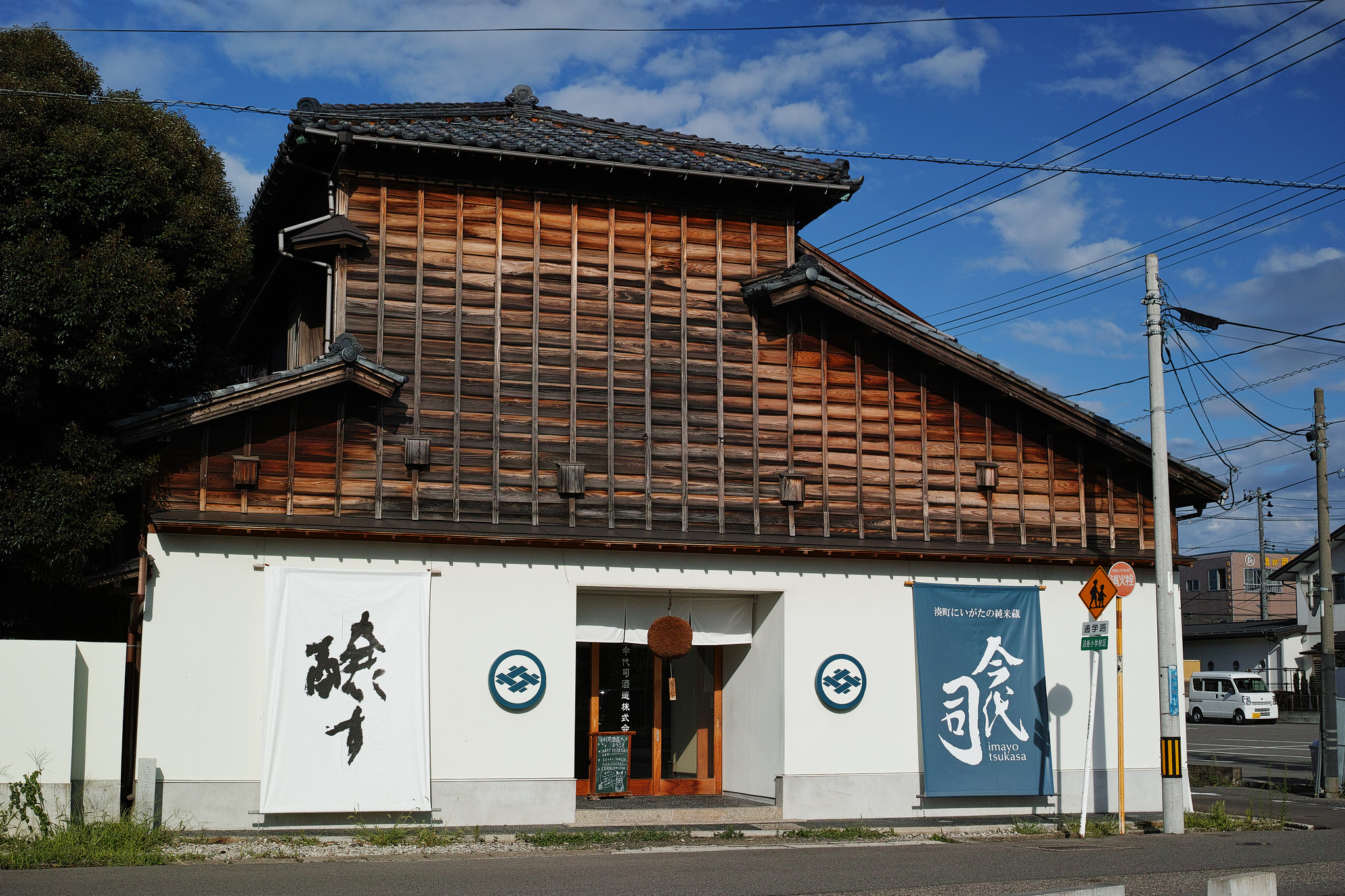
Situated in Niigata’s sake district, this brewery stands out for its commitment to traditional hand-pressing methods. Their antique wooden press, over 200 years old, is still used for special batches.
The brewery restaurant serves local dishes designed specifically to complement their sake varieties, creating perfect pairings.
Kirinzan Brewery
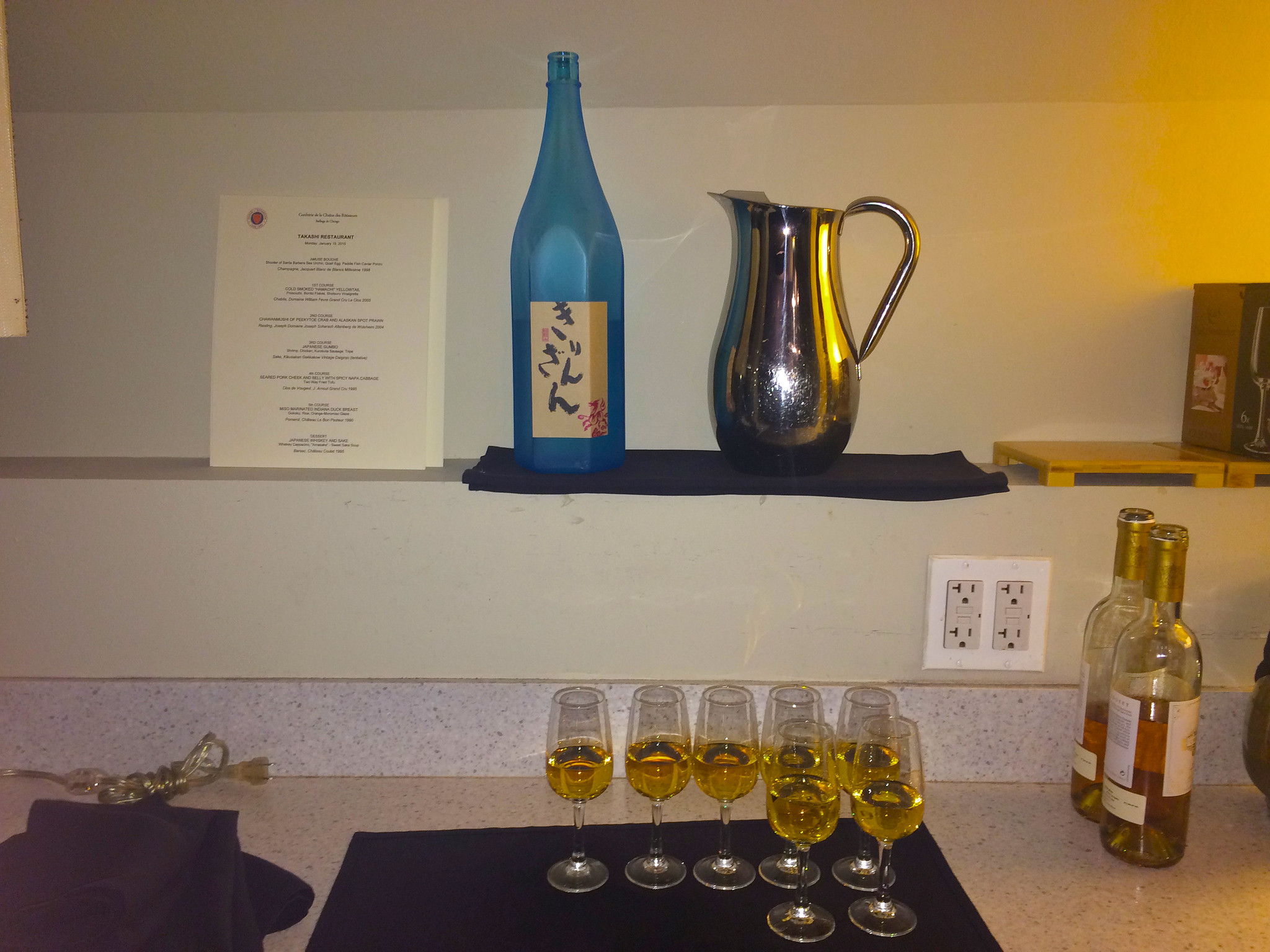
Perched high in Niigata’s mountains, Kirinzan uses natural snowmelt water that takes 100 years to filter through the mountain. Their tasting room features floor-to-ceiling windows overlooking forested peaks, making every sip feel special.
The brewery’s architecture won awards for blending traditional elements with modern design.
Sumikawa Brewery
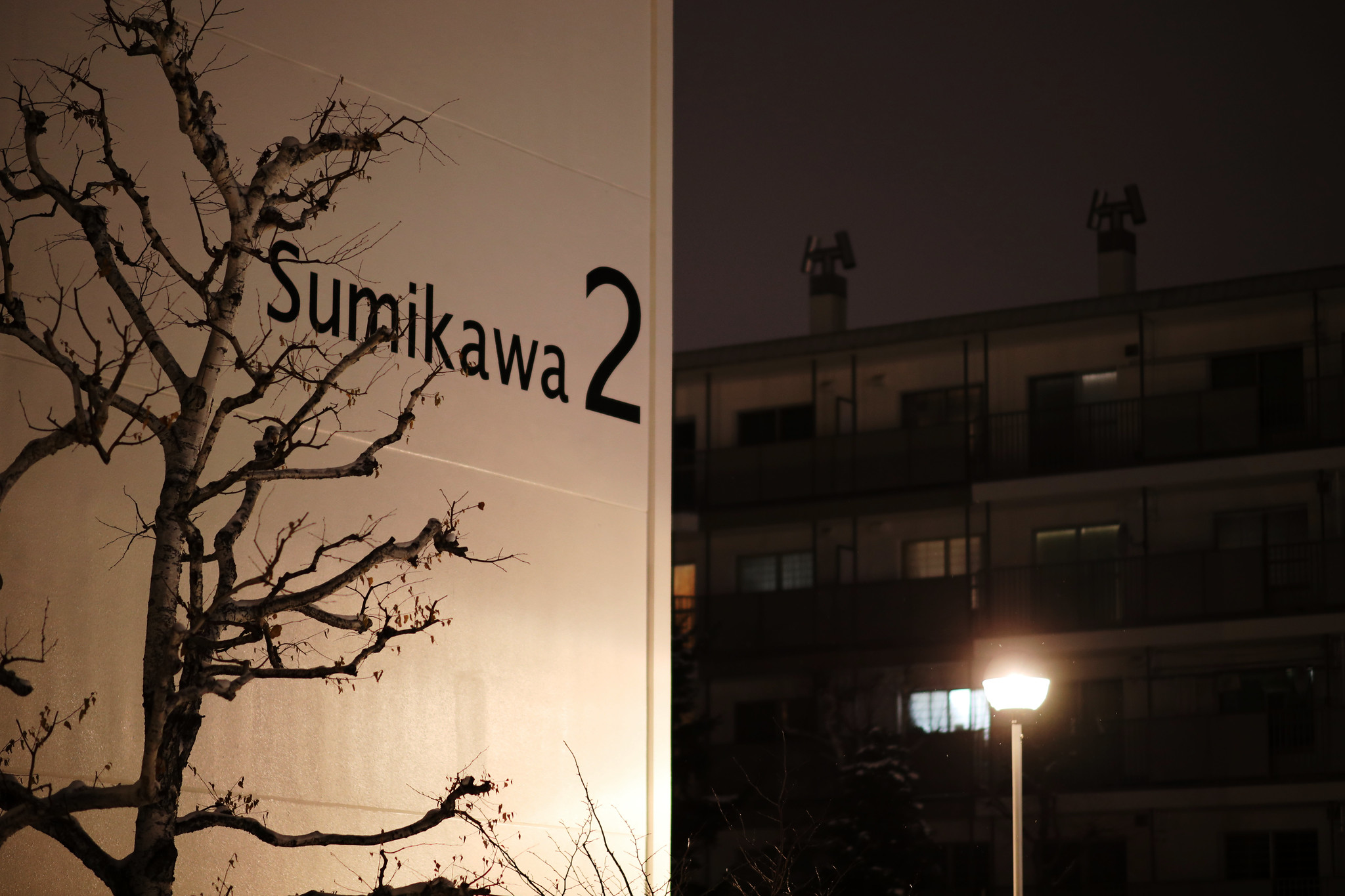
This small Fukushima brewery proves that great things come in small packages. Their signature sake uses a special rice strain grown in fields that have been in the family for generations.
The tasting room’s sliding doors open to a traditional garden, where seasonal flowers complement different sake varieties.
Otokoyama
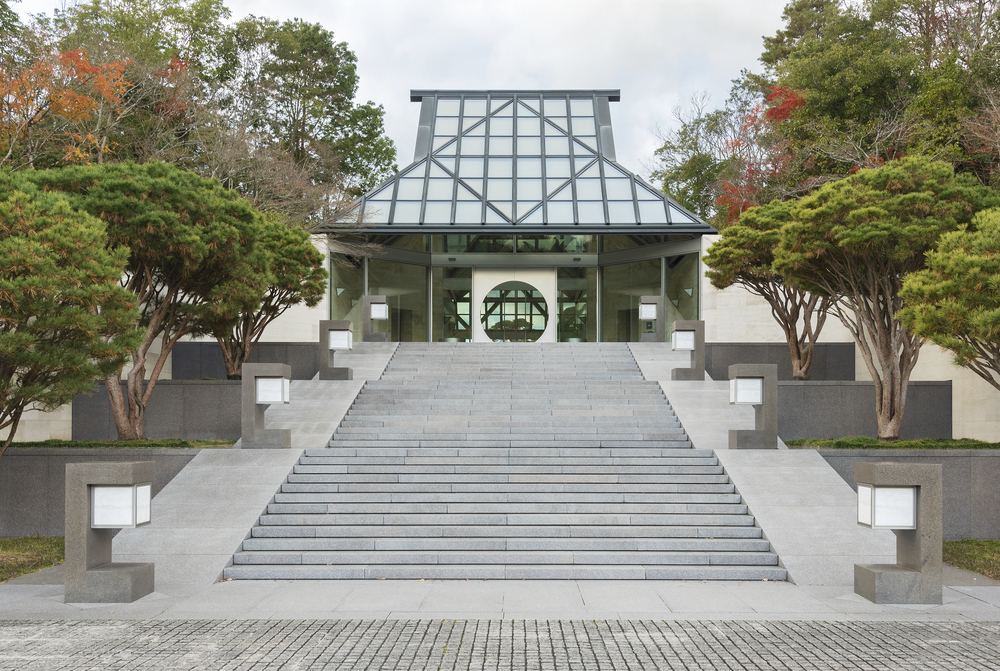
Located in Hokkaido, this brewery uses the island’s harsh winters to its advantage in the brewing process. Their museum displays sake cups used by famous historical figures, including poets and samurai.
The crystal-clear local water source is so pure that the brewery installed a public drinking fountain for residents.
Kokken Brewery
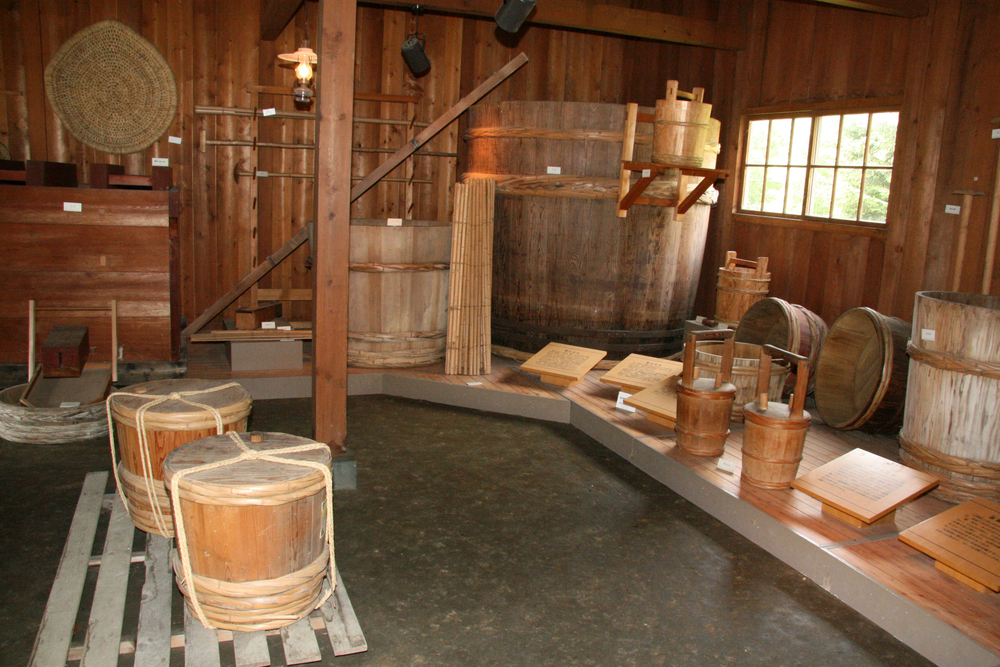
This Kumamoto brewery breaks tradition by aging some of its sake in whiskey barrels, creating unique flavor profiles. Their young female brewers are changing industry stereotypes while respecting ancient techniques.
The owner’s collection of historical sake advertisements covers the walls, creating a timeline of sake culture.
Kiku-Masamune
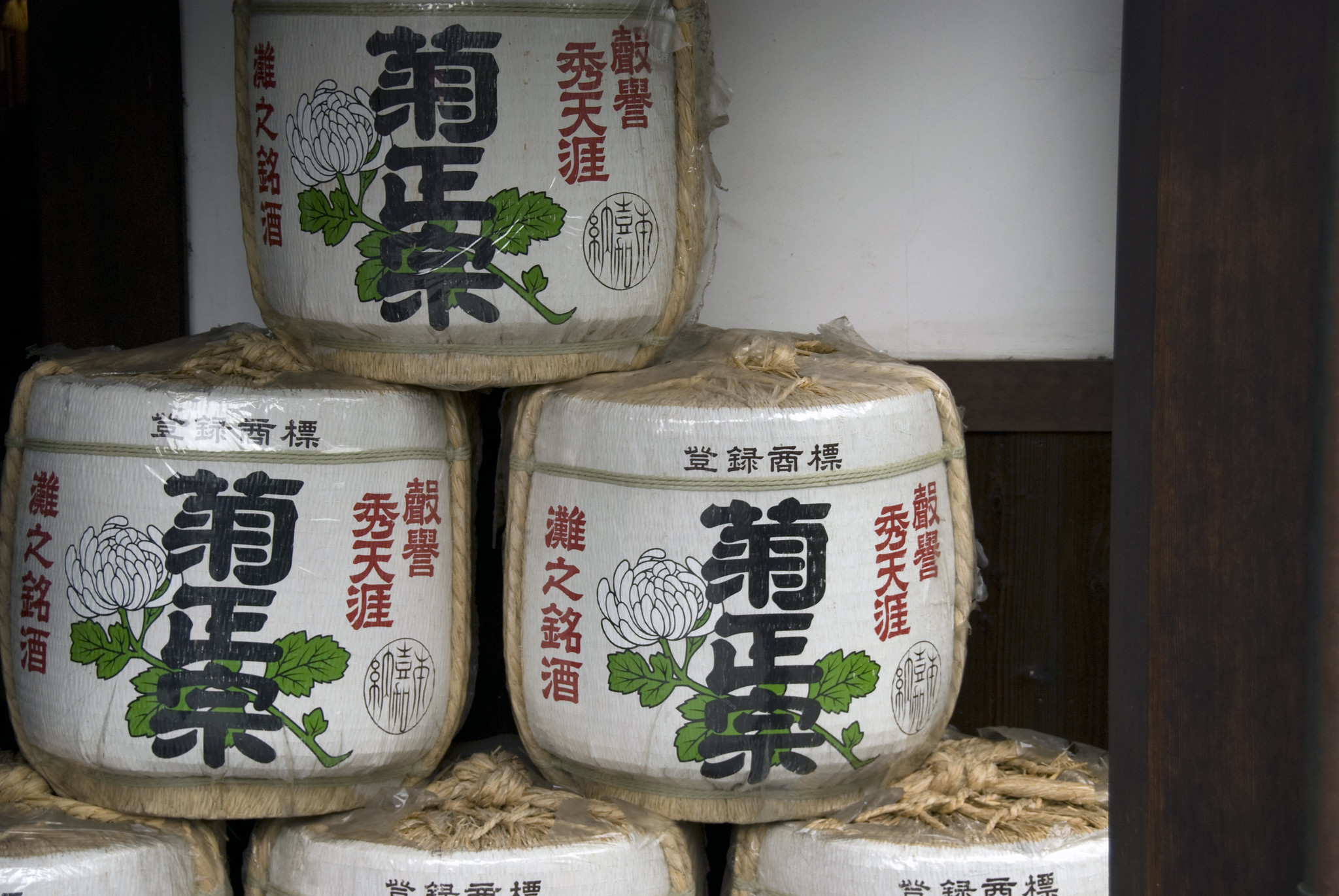
Based in Kobe since 1659, they’ve survived earthquakes and wars while keeping their traditions alive. Their sake museum includes a recreation of an Edo-period sake shop, complete with original tools and containers.
The brewery’s location near the port made it one of the first to export sake internationally.
Kamotsuru Sake Brewery
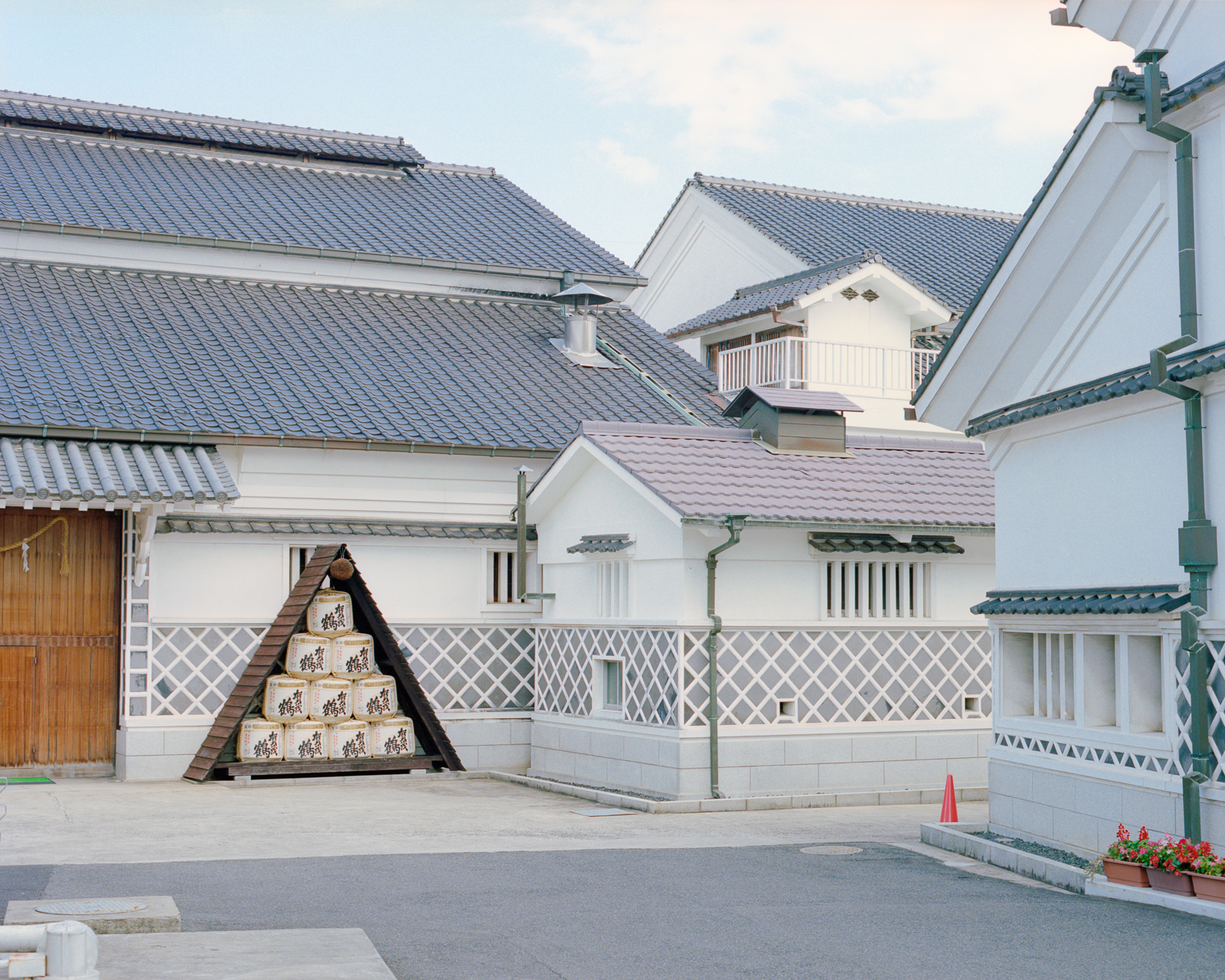
Famous for its gold-flake sake, this Hiroshima brewery balances showmanship with substance. Their aging room stores sake in traditional earthenware jars alongside modern tanks, showing how old and new methods can coexist.
The tasting course includes their standard lineup and seasonal specialties that never leave the brewery.
Urakasumi
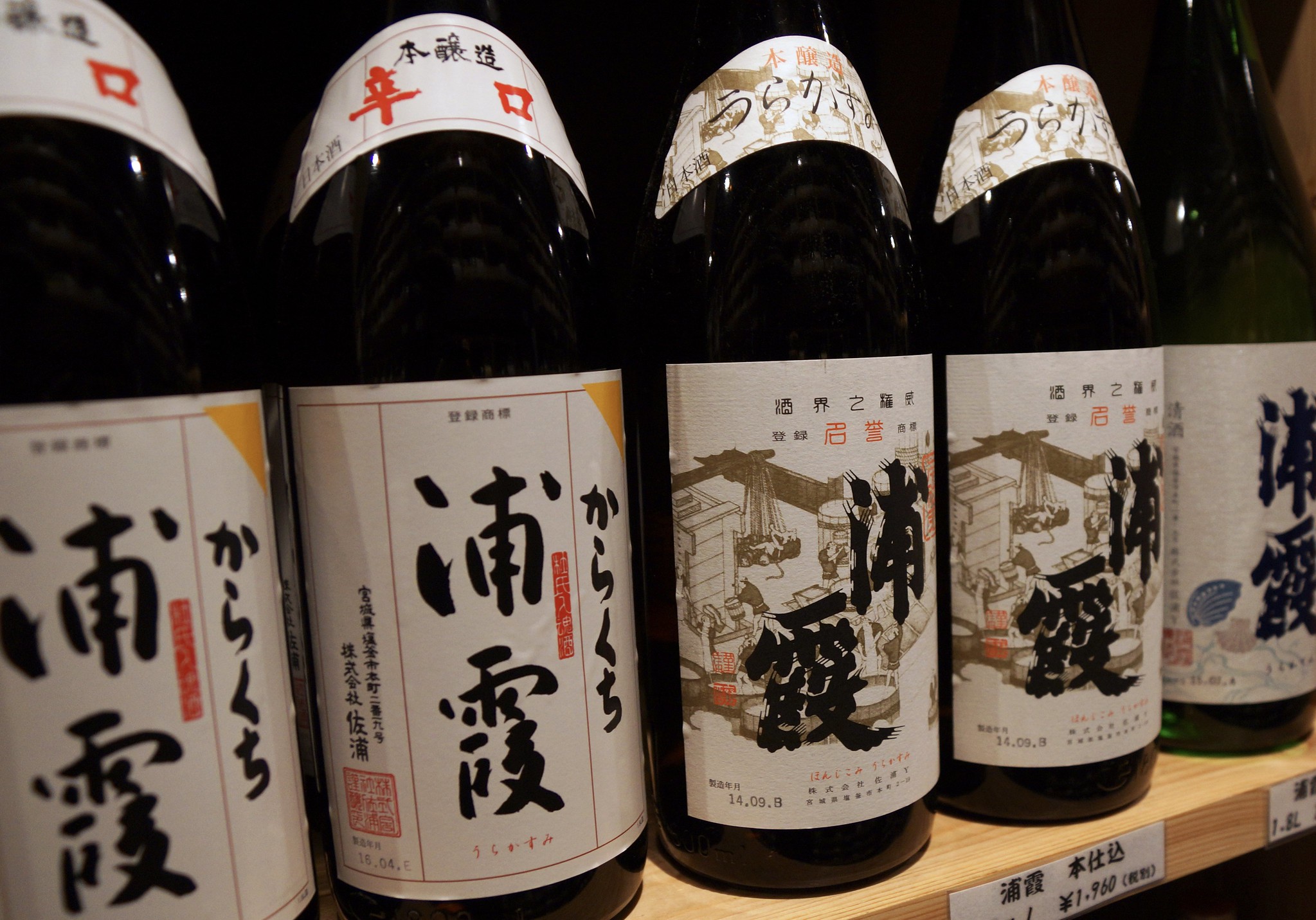
This coastal brewery in Miyagi Prefecture uses sea breezes as part of its natural fermentation process. Their century-old buildings survived the 2011 tsunami, becoming a symbol of resilience for the local community.
The owner maintains a collection of sake cups that survived natural disasters, each with its own story to tell.
Sake’s Living Legacy
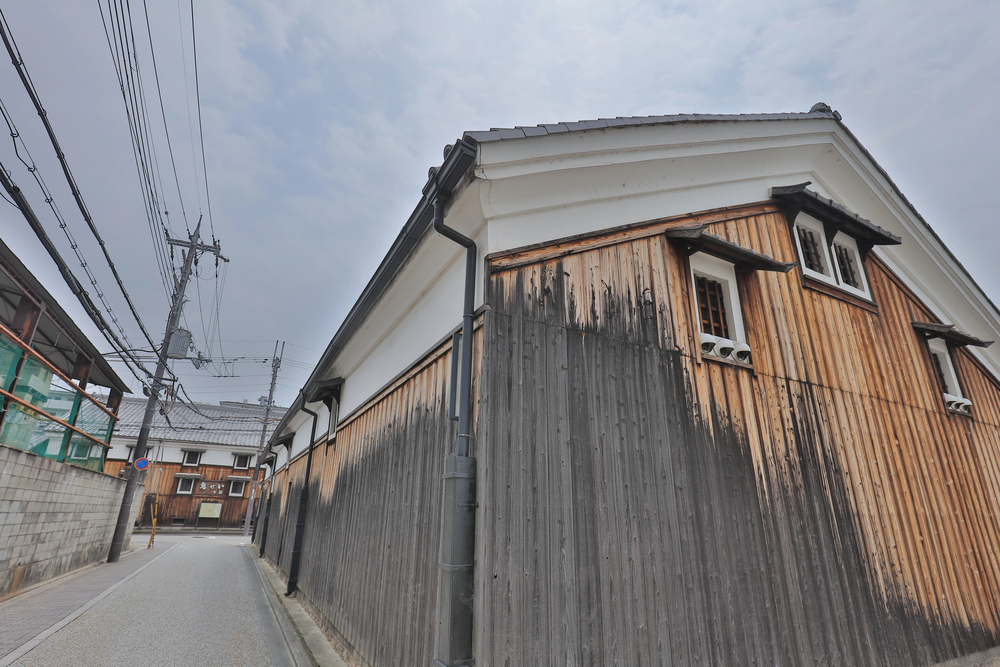
These breweries represent more than just places where Japan’s national drink is made. They’re guardians of a tradition that dates back over a thousand years, each adding their own chapter to sake’s ongoing story. From ancient wooden tools to modern stainless steel tanks, every brewery shows how tradition and innovation can work together to create something special.
While some things have changed since these breweries first opened their doors, the heart of sake-making remains the same. These aren’t just stops on a tourist trail – they’re living links to Japan’s past, where every bottle captures centuries of craftsmanship in every sip.
The master brewers might have smartphones in their pockets now, but their dedication to their craft would be recognizable to their predecessors from centuries ago.
More from Travel Pug

- 20 Towns Built for One Purpose That Were Later Abandoned
- 15 Hidden Spots in Disney World’s Magic Kingdom Most Visitors Miss
- 20 Photos of the World’s Most Beautiful Glacial Lakes
- 15 Canyons in the U.S. That Are Just as Stunning as the Grand Canyon
- 10 Under-the-Radar Mountain Towns That Are Both Affordable and Beautiful
Like Travel Pug’s content? Follow us on MSN.
